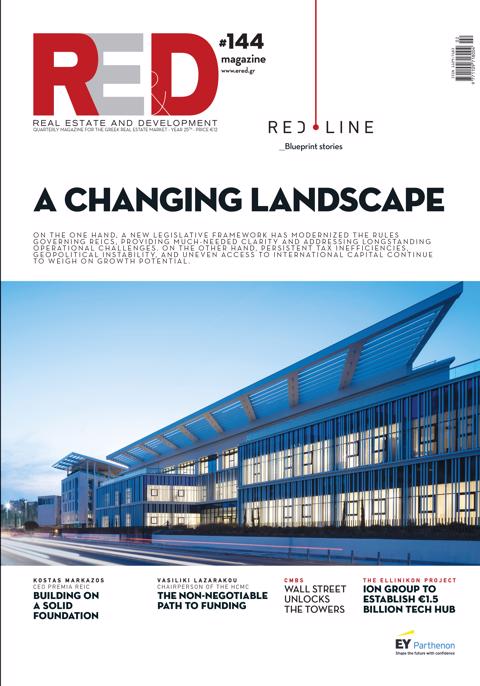According to analysts at CBRE, real estate investment across Europe grew by 6% year-on-year in Q1 2025, reaching €45 billion. This growth was driven by a more favorable macroeconomic environment and declining interest rates. Total investment volume rose 25% year-on-year to €213 billion.
Investment inflows were recorded across all real estate sectors, with residential leading the way—posting a 43% year-on-year increase. The residential sector had already been identified as the top target for cross-border real estate investment in Europe, according to CBRE’s 2025 European Investor Intentions Survey. Retail followed with a 31% annual increase and a 26% quarterly gain in Q1 2025—more than any other sector during the period.
Hotels, industrial and logistics assets, and offices also saw strong annual growth, with investment inflows up by 23%, 19%, and 16%, respectively. Healthcare was the only sector to record a decline in investment volume, according to CBRE.
These figures align with recent data from UK property firm Rightmove, which earlier this month reported a resurgence in investment activity across the UK’s key sectors—offices, industrial, and retail—during the first quarter.
The European property market began showing signs of recovery in 2024, following interest rate cuts by both the European Central Bank and the Bank of England, alongside improved growth prospects across several core markets in the region.
However, CBRE cautions that a recent deterioration in the global economic climate—partly triggered by new tariffs imposed by the U.S.—may dampen investor appetite going forward.















